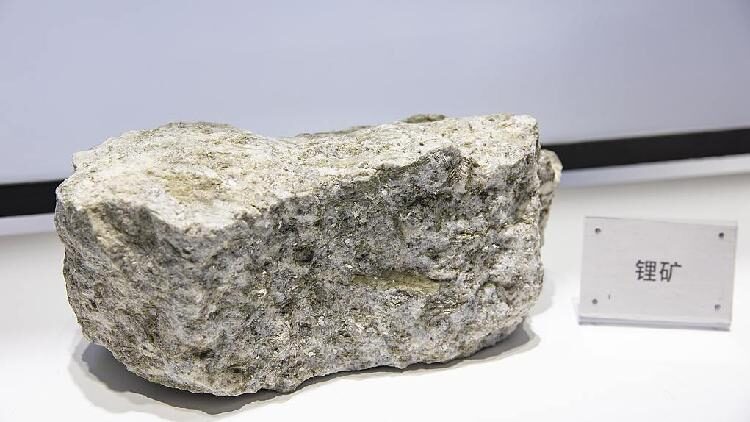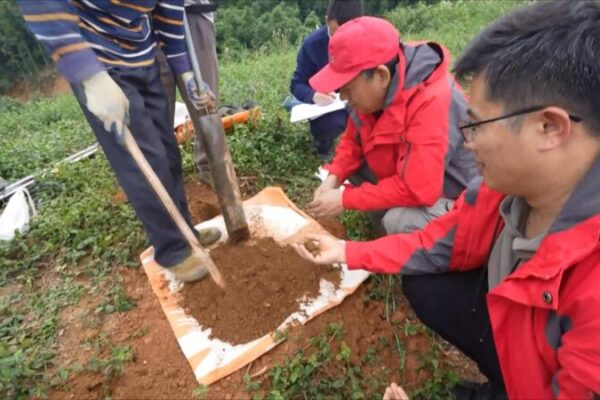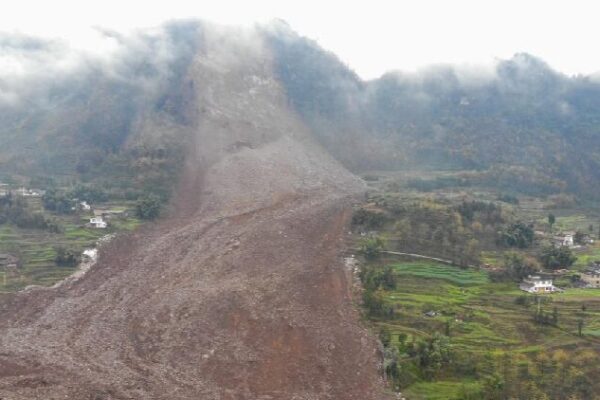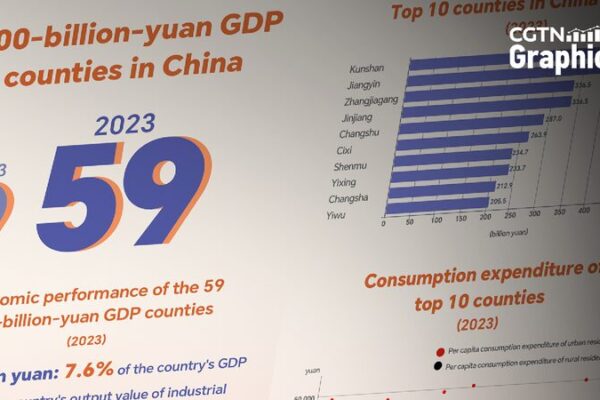A massive gold deposit with estimated reserves exceeding 1,000 tonnes has been unearthed in central China’s Hunan Province, officials announced on Thursday.
Geologists identified over 40 gold veins containing approximately 300 tonnes of gold within 2,000 meters beneath the Wangu Goldfield in Pingjiang County, according to the Geological Bureau of Hunan Province. Projections estimate that total reserves at depths reaching 3,000 meters could surpass 1,000 tonnes, valued at around 600 billion yuan (about $83 billion).
“This is the largest gold deposit ever discovered in Hunan’s history,” said Wu Jun, director of the Hunan Province Geological Disaster Survey and Monitoring Institute. “Nationwide, there are only about five gold deposits of such scale.”
The discovery is the result of 30 years of exploration, leveraging advanced technologies like 3D geological modeling and deep-earth drilling techniques. Ore prospecting expert Chen Rulin highlighted the remarkable success rate: out of 55 drilled holes above 1,500 meters, 48 contained gold, achieving an 87.3% discovery rate.
“Many drilled rock cores showed visible gold,” Chen noted, adding that a tonne of ore from depths of 2,000 meters contained up to 138 grams of gold. Gold deposits were also found in drill holes at these deeper levels, indicating extensive potential reserves.
Exploration efforts will now focus on peripheral regions to locate the remaining estimated 700 tonnes of gold resources. Liu Yongjun, deputy head of the Geological Bureau, emphasized the promising future prospects, with gold also found during drills in surrounding areas.
The monumental find not only boosts China’s gold reserves but also showcases significant advancements in geological exploration technologies.
Reference(s):
Over 1,000 tonnes supergiant gold deposit discovered in central China
cgtn.com








